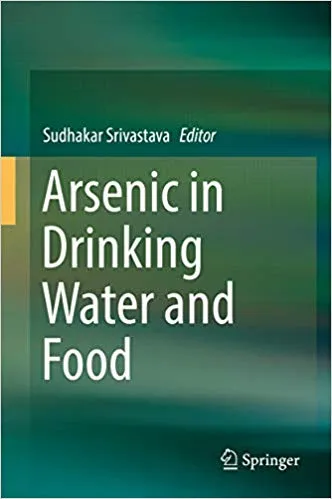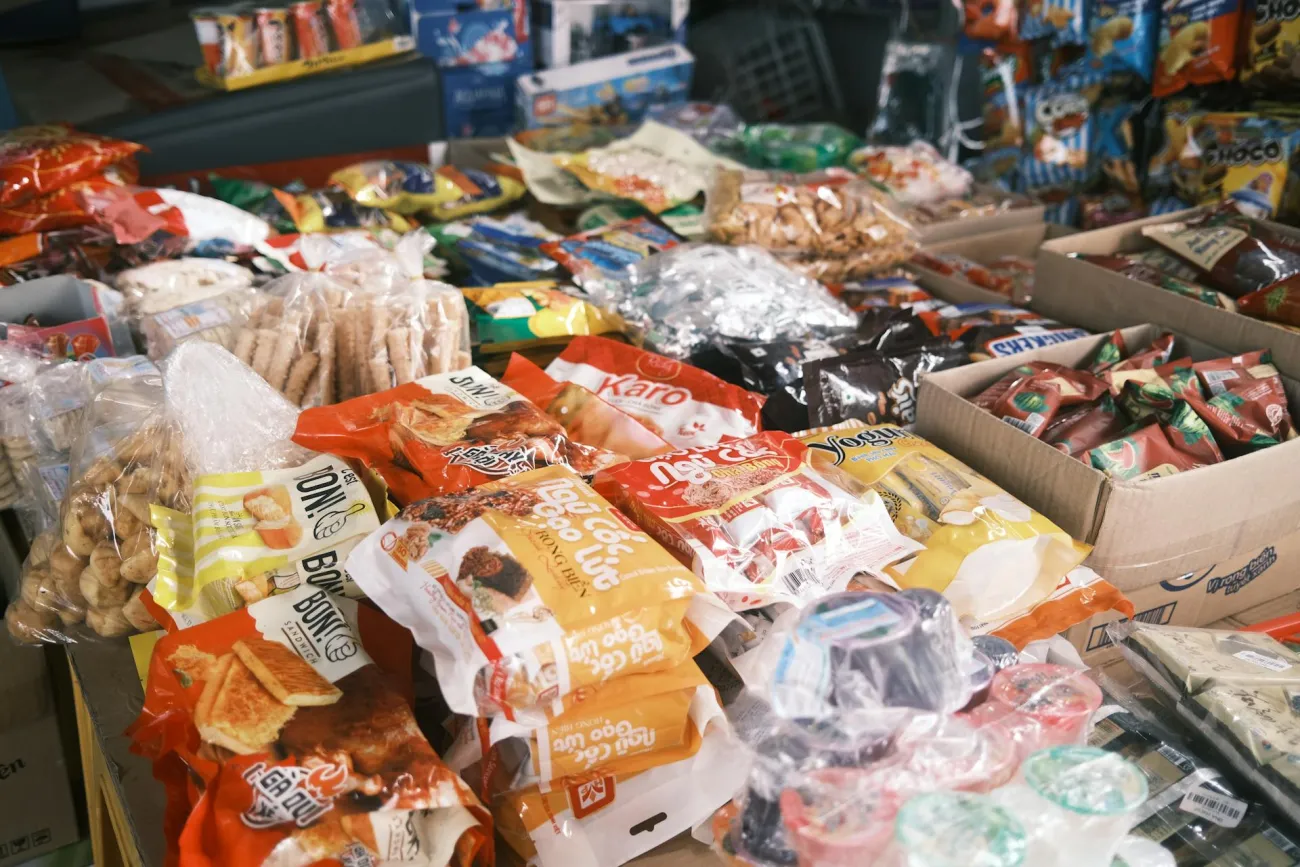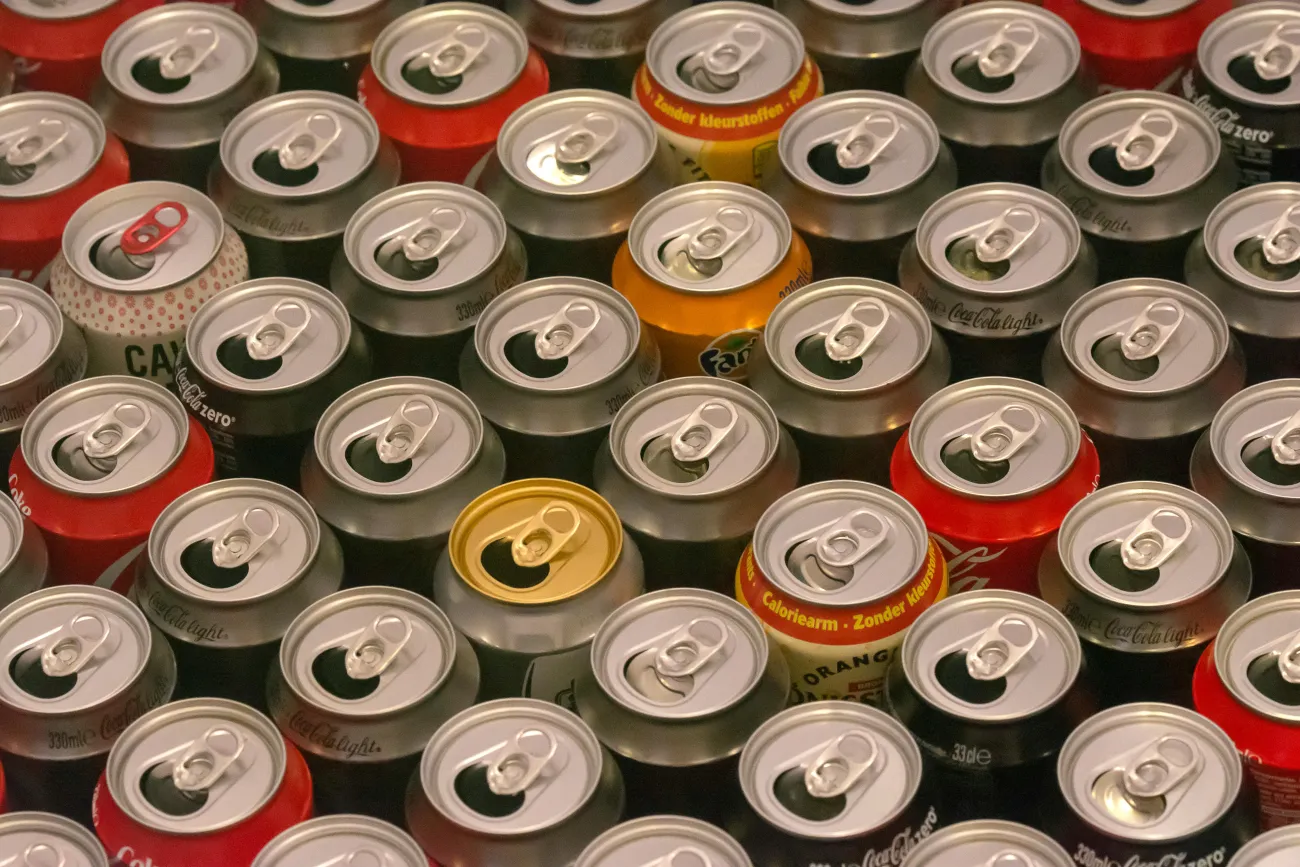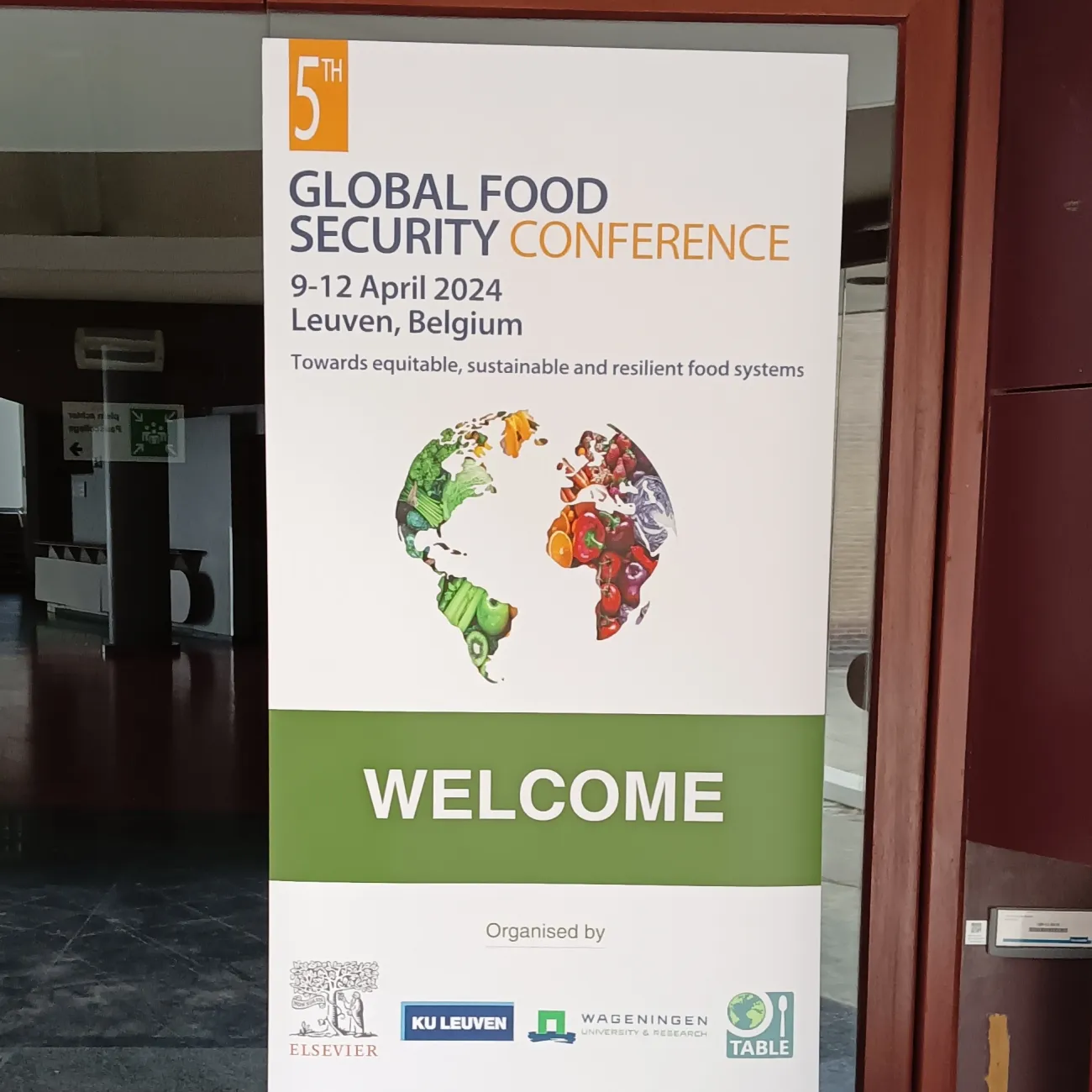This book examines how people can be exposed to arsenic through drinking water and different types of food in several areas of the world, and sets out some strategies to reduce arsenic accumulation in rice.

Publisher’s summary
Arsenic contamination poses a major environmental problem, especially in Southeast Asian countries like Bangladesh and India. Threatening the health of millions of people due to arsenic’s toxicity and carcinogenicity, the major routes of arsenic exposure for humans are either through drinking water or crops. Rice is the crop most affected by arsenic owing to its cultivation in major arsenic contaminated areas, biogeochemical factors in the soil during rice growth, and specific features of rice that enable it take up more arsenic than other crop plants.
This book addresses the problem of arsenic by pursuing a holistic approach. It presents the status quo in different parts of the world (North and South America, Europe, Asia, etc.) and provides essential information on food-related arsenic exposure risks for humans, and possible preventive and curative measures for tackling arsenic poisoning. It covers the arsenic contamination status of rice, rice-based products, other vegetables, fishes, mushrooms, and other foods, with a special focus on rice-arsenic interactions. The mechanisms of arsenic uptake, translocation and distribution in plants and grains are also explained. In closing, the book reviews a variety of prospective agronomic and biotechnological solutions to the problem of arsenic accumulation in rice grains.
The book is intended for a broad audience including researchers, scientists, and readers with diverse backgrounds including agriculture, environmental science, food science, environmental management, and human health. It can also be used as an important reference guide for undergraduate and graduate students, university faculties, and environmentalists.
Reference
Srivastava, S. (2020). Arsenic in Drinking Water and Food. Springer Nature, Singapore.
Read more here. See also the Foodsource building block What is food security?




Comments (0)